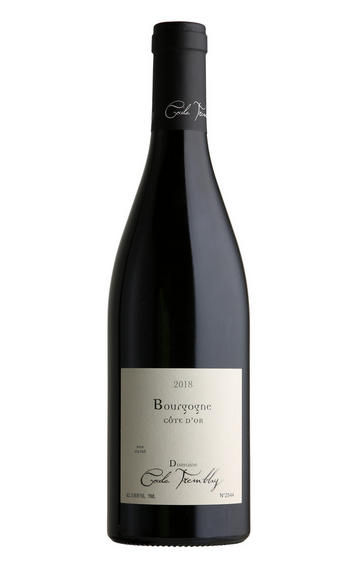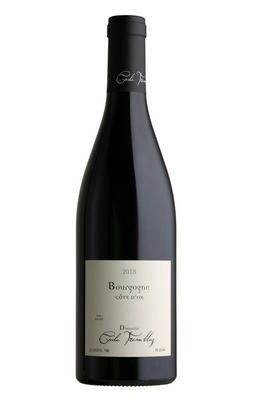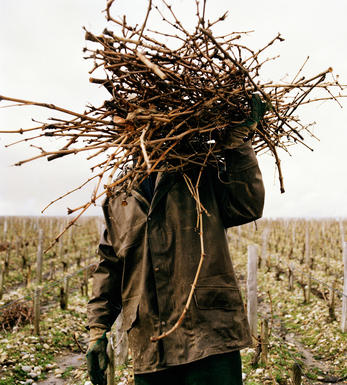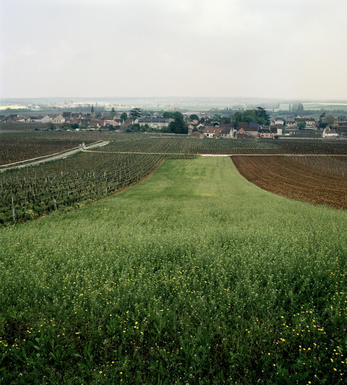
2018 Morey-St Denis, Très Girard, Domaine Cecile Tremblay, Burgundy

About this WINE

Domaine Cecile Tremblay
Though the preceding two generations had not been involved in wine, they retained ownership of vineyards inherited from Edouard Jayer, uncle of Henri. In 2003 Edouard’s great-granddaughter, Cécile Tremblay decided to take back three hectares of vines on the expiry of the lease. More are due to follow in 2021 and Cécile has already purchased or rented further land. Since August 2008 she has rented premises in Gevrey-Chambertin, the former Caveau du Chapitre.
The vineyards were not in great condition when Cécile took them over – too much fertiliser, herbicides preferred to ploughing, and so on, but they are steadily being licked into shape. The vines are now certified organic and Cécile pursues a number of biodynamic methods. Her list of wines will doubtless evolve further: in 2006 and 2007 premier cru Les Rouges went into the village Vosne Romanée, while most of the Nuits-St-Georges is premier cru Murgers, but the vines are young. From 2021 there will be much more Beaumonts and some Clos de Vougeot as well.
Some stems are kept during vinification, which takes place in wooden vats for up to a month, with some punching down but very little pumping over. The solids are pressed at the end with a small vertical press whose virtues Cécile sings highly. The wines are then raised in barrel, with between one third and two thirds new, for 15 to 18 months without racking. The favoured cooper is Chassin, who works closely with Cécile, selecting specific types and toasts of wood to suit individual wines.
Jasper Morris MW, Burgundy Wine Director and author of the award-winning Inside Burgundy comprehensive handbook.

Morey-Saint-Denis
Morey is sometimes ignored between its two famous neighbours, Chambolle-Musigny and Gevrey-Chambertin, but its wines are of equal class, combining elegance and structure. Morey-St Denis, being that little bit less famous, can often provide excellent value.
The four main Grand Cru vineyards continue in a line from those of Gevrey-Chambertin, with Clos St Denis and Clos de la Roche the most widely available. Clos des Lambrays (almost) and Clos de Tart (entirely) are monopolies of the domains which bear the same names.
Domaine Dujac and Domaine Ponsot also make rare white wines in Morey-St Denis.
- 64 hectares of village Morey-St Denis
- 33 hectares of Premier Cru vineyards (20 in all). Best vineyards include Les Charmes, Les Millandes, Clos de la Bussière, Les Monts Luisants
- 40 hectares of Grand Cru vineyard. Clos de Tart, Clos des Lambrays, Clos de la Roche, Clos St Denis and a tiny part of Bonnes Mares
- Recommended Producers: Dujac, Ponsot, Clos de Tart, Domaine des Lambrays

Pinot Noir
Pinot Noir is probably the most frustrating, and at times infuriating, wine grape in the world. However when it is successful, it can produce some of the most sublime wines known to man. This thin-skinned grape which grows in small, tight bunches performs well on well-drained, deepish limestone based subsoils as are found on Burgundy's Côte d'Or.
Pinot Noir is more susceptible than other varieties to over cropping - concentration and varietal character disappear rapidly if yields are excessive and yields as little as 25hl/ha are the norm for some climats of the Côte d`Or.
Because of the thinness of the skins, Pinot Noir wines are lighter in colour, body and tannins. However the best wines have grip, complexity and an intensity of fruit seldom found in wine from other grapes. Young Pinot Noir can smell almost sweet, redolent with freshly crushed raspberries, cherries and redcurrants. When mature, the best wines develop a sensuous, silky mouth feel with the fruit flavours deepening and gamey "sous-bois" nuances emerging.
The best examples are still found in Burgundy, although Pinot Noir`s key role in Champagne should not be forgotten. It is grown throughout the world with notable success in the Carneros and Russian River Valley districts of California, and the Martinborough and Central Otago regions of New Zealand.


Buying options
Add to wishlist
wine at a glance
Delivery and quality guarantee